
A Groundbreaking Discovery: 6th-Century “Türk-Kağan” Coin Could Be the Oldest Record of the Word “Türk”
A significant archaeological discovery in Uzbekistan is set to reshape what we know about early Turkic history. A bronze coin, believed to date back to the 6th century, bears the inscription “Türk-Kağan,” making it potentially the earliest known artifact to feature the name “Türk” (Turk). The find offers unprecedented insight into the political and ethnic identity of the Göktürk Khaganate and challenges longstanding views about nomadic Turkic societies.
Uncovering the Past: The “Türk-Kağan” Coin
The discovery was made by Professor Dr. Gaybulla Babayarov, a prominent archaeologist at the Institute of Archaeology under the Uzbekistan Academy of Sciences. The coin was found among the ruins of ancient settlements near Tashkent, in the historical region of Çaç. While similar coins have surfaced in the area over the past few decades, none have offered such a clear connection to the early Turkic state.
What sets this particular coin apart is the presence of the Sogdian script, which includes the phrase “Türk-Kağan”—a term previously known only from 8th-century inscriptions like those found in Mongolia’s Orkhon Valley.
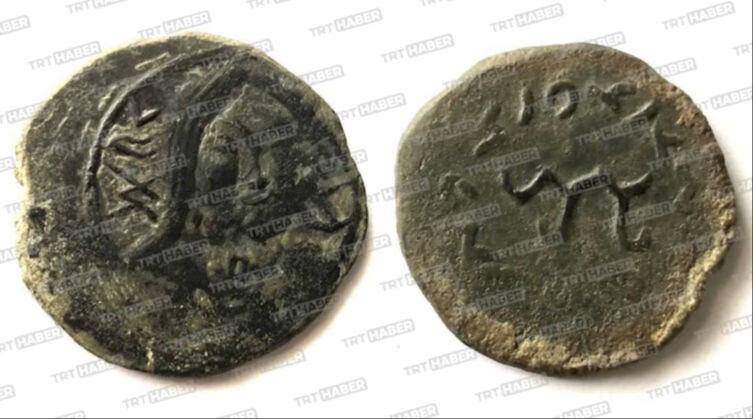
A New Chronology for the Word “Türk”
Until now, the earliest known references to the term “Türk” were from Chinese texts and the Orkhon inscriptions dated to around 730 AD. However, the newly studied coin predates those by approximately 150 years, suggesting that the concept of Turkic statehood and identity existed much earlier than previously believed.
Professor Babayarov emphasizes the importance of this find:
“This coin not only pushes the use of the word ‘Türk’ back to the late 6th or early 7th century, but also reflects the structured political and administrative systems that existed within the Western Göktürk realm.”
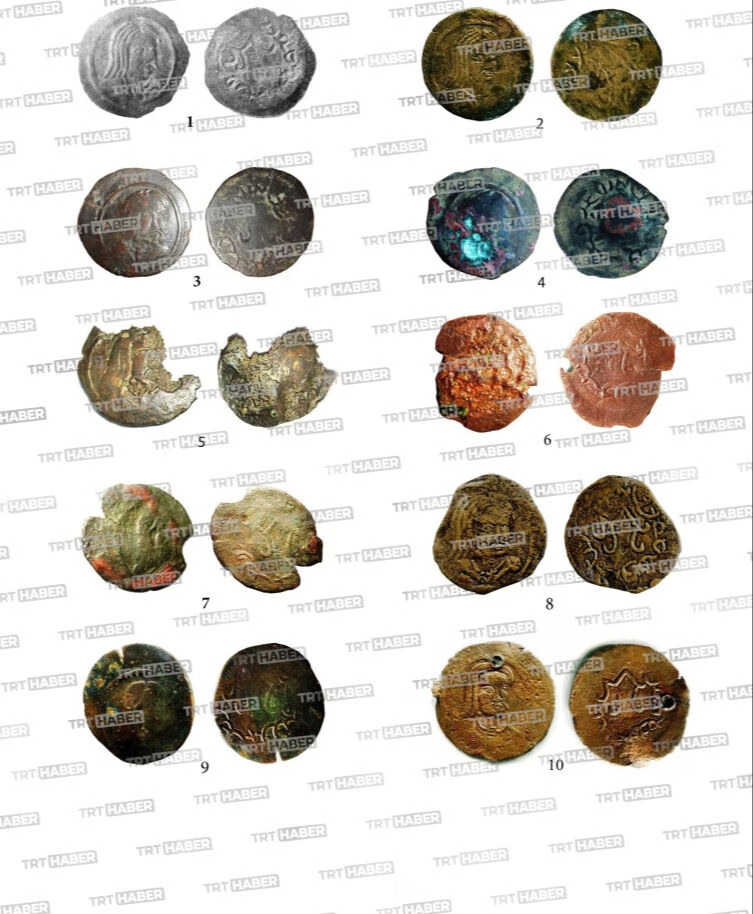
Coins That Tell a Political Story
More than 20 types of bronze coins have been uncovered in the Tashkent region, many of which are linked to the Western Göktürk Khaganate. These include titles such as “Jabgu”, “Jabgu-Kağan”, and “Kağan”—highlighting the political hierarchy and sovereignty of the time.
Professor Babayarov explains that two specific coin types carry the phrase “Türk-Kağan”, likely issued by rulers descended from Istemi Khagan, one of the founding figures of the Göktürk Empire, who ruled over regions such as Fergana.
Beyond the Nomad Narrative
This discovery also helps counter the long-held academic assumption that Turkic peoples in the early medieval period were purely nomadic and lacked monetary systems. The coin’s existence, along with its craftsmanship and iconography, demonstrates a high degree of urbanization and administrative complexity.
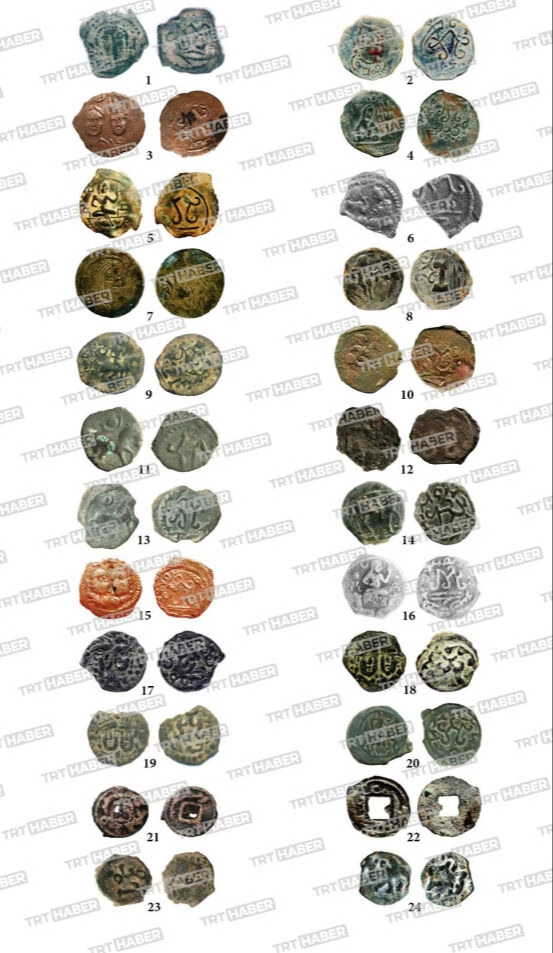
“These coins challenge the outdated notion of early Turks as entirely nomadic,” says Babayarov. “They were not only settled in urban centers but also engaged in economic systems requiring currency.”
More Than a Name: Ethnic and Political Identity
While the phrase “Türk-Kağan” could denote a specific ruler’s title, Professor Babayarov believes it was more likely a reflection of collective identity—linking the coin’s issuer with both an ethnic group and a political structure.
He draws comparisons with Türgesh coins from the same region, which also use terms like “Divine Türgesh Khagan” to denote the state’s legitimacy and ruler’s divine status.
Why This Coin Matters
- Rewrites Turkic history by providing the earliest use of the word “Türk.”
- Proves organized governance among early Turks with coinage systems.
- Debunks myths of purely nomadic Turkic lifestyles.
- Connects Göktürk lineage to established political and economic systems.
As research continues, this unassuming bronze coin could very well become one of the most important artifacts in early Turkic historiography—a small object carrying a legacy over 1,400 years old.
TRT Haber/Ayşe Şimşek
You may also like
Related posts:
 5000-Year-Old Cube Uncovers the Oldest Iron Age Settlement in India
5000-Year-Old Cube Uncovers the Oldest Iron Age Settlement in India
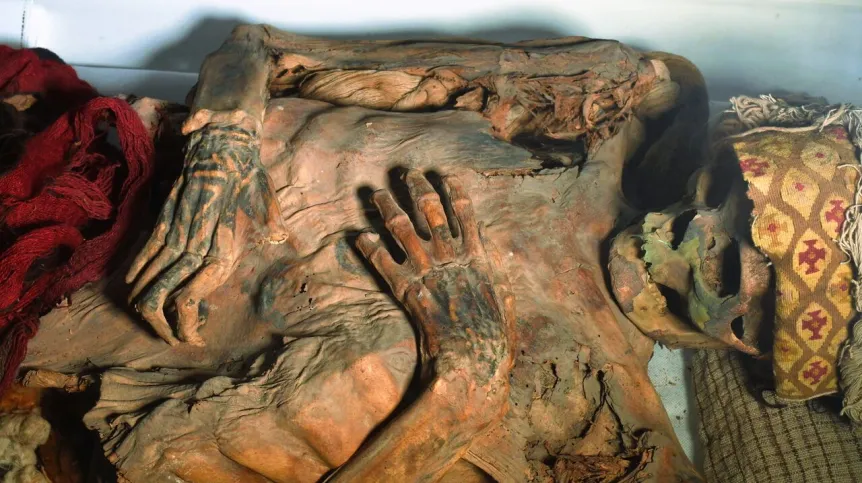 New Study: Pre-Columbian Tattoos Are Better Than Modern Tattoos
New Study: Pre-Columbian Tattoos Are Better Than Modern Tattoos
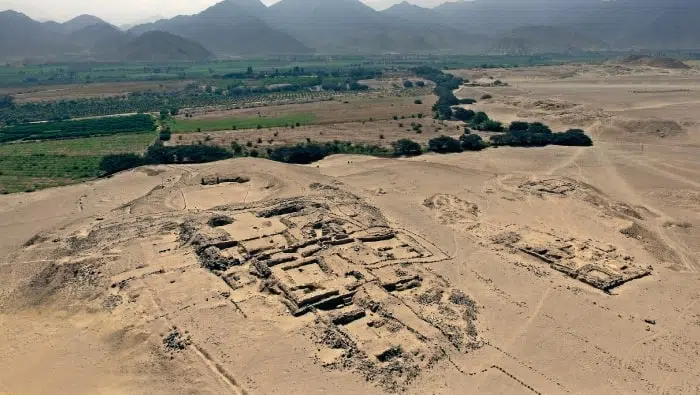 A New Pyramid of the Caral Culture, Known as the Oldest Civilization in South America, Discovered
A New Pyramid of the Caral Culture, Known as the Oldest Civilization in South America, Discovered
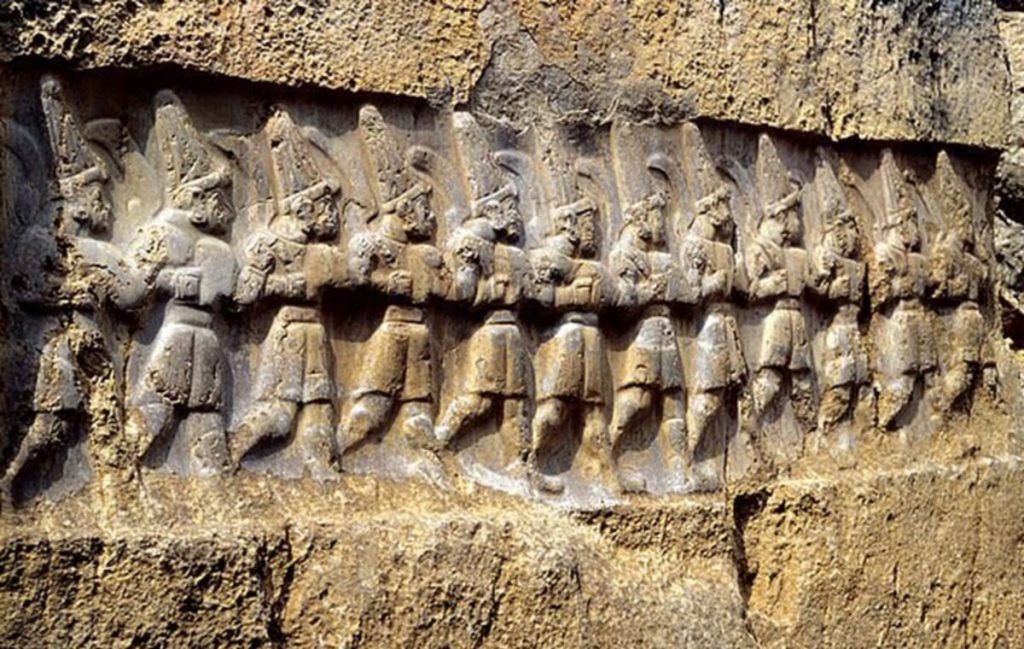 Missing Connection in the History of Indo-European Languages Discovered
Missing Connection in the History of Indo-European Languages Discovered
- A Groundbreaking Discovery: 6th-Century “Türk-Kağan” Coin Could Be the Oldest Record of the Word “Türk”
- Massive Relief Depicting Assyrian Gods and King Ashurbanipal Unearthed in Ancient Nineveh
- Pregnancy in the Viking Age: Warrior Women, Unborn Children, and the Silences of History
- The Sacred Sound of Mount Idi: A Bronze Tympanon from the 8th Century BCE
- Exceptionally Preserved Bronze Age Urns Discovered in Germany
- The Eleusinian Mysteries and the Demeter-Kore Relief: A Glimpse into Ancient Sacred Rituals
- “Game[in]g Problems” Exhibition in Elche: Video Games Redefine History
- Excavations at Tell Abu Saifi Reveal Ancient Egypt’s Strategic Eastern Defense Systems
- The World’s First Beauty Contest Took Place on Mount Ida (Kaz Dağları)
- Gruesome Maya Ritual Sacrifices Unearthed in Guatemala’s ‘Cave of Blood’

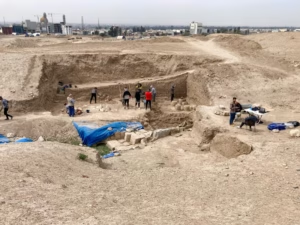
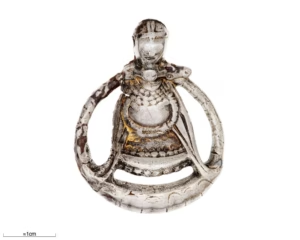
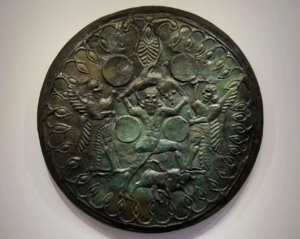
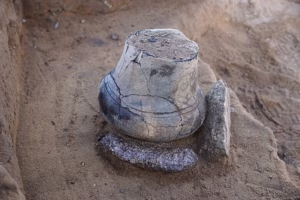
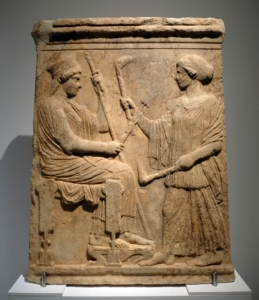
!["Game[in]g Problems" Exhibition in Elche: Video Games Redefine History](https://ancientist.com/wp-content/uploads/2025/05/POSTER_Gameing_Problems_Historytelling-300x300.avif)
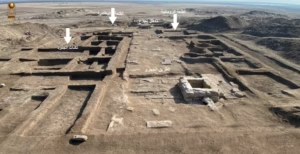

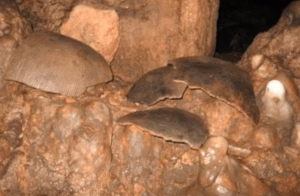
Leave a Reply